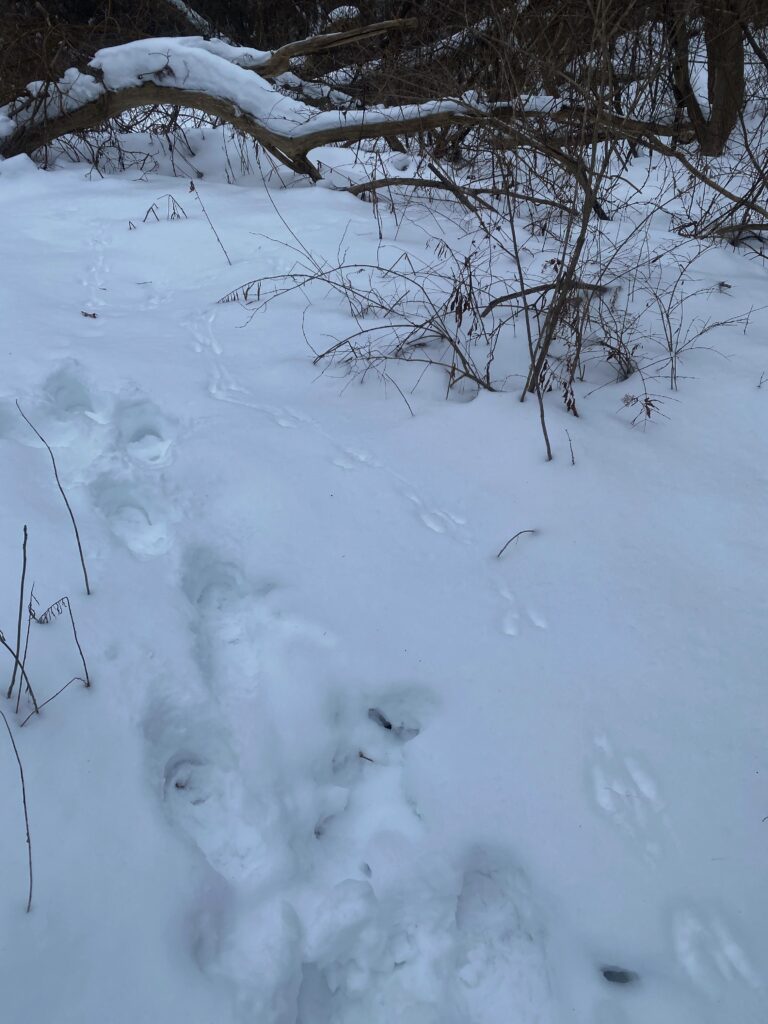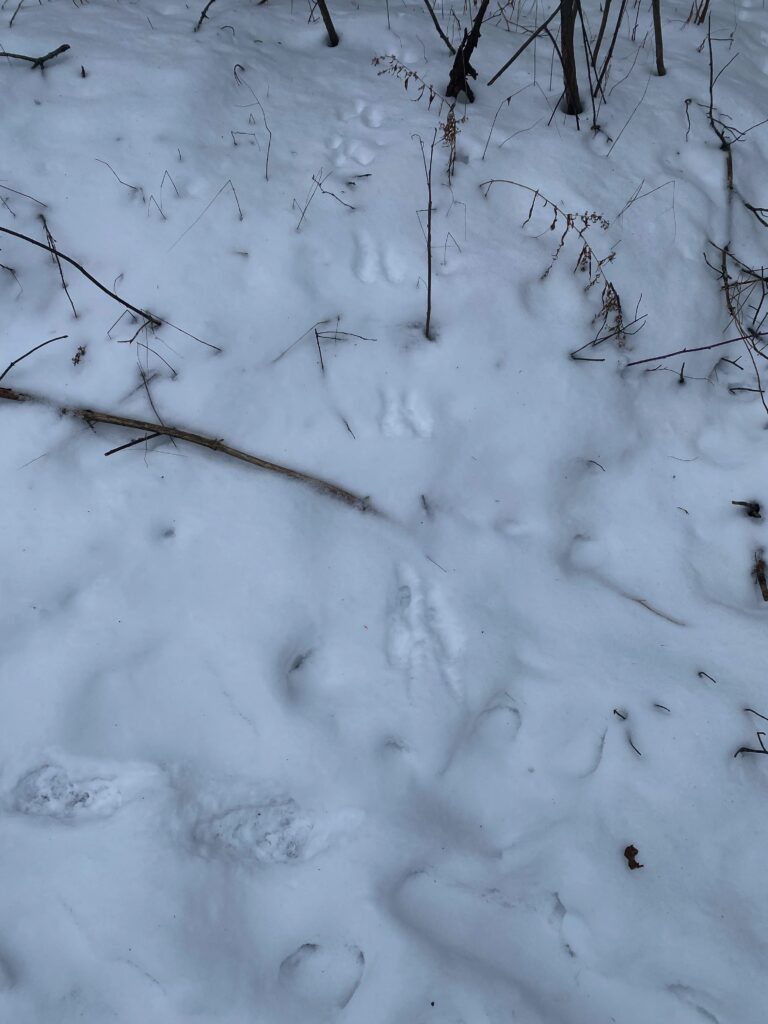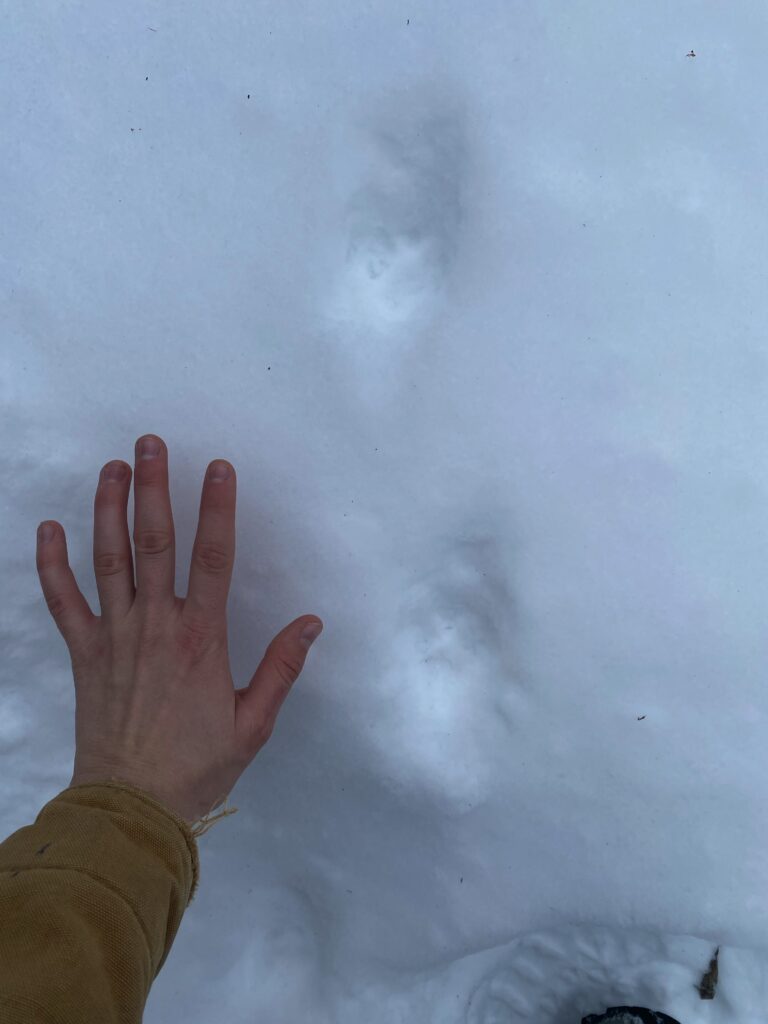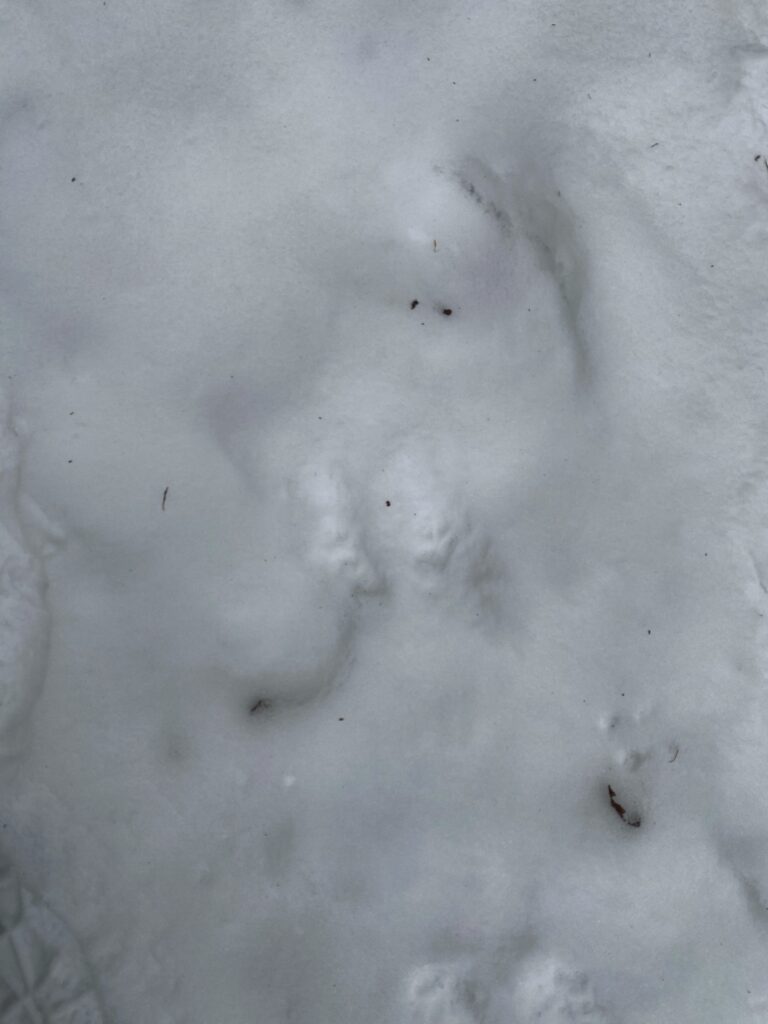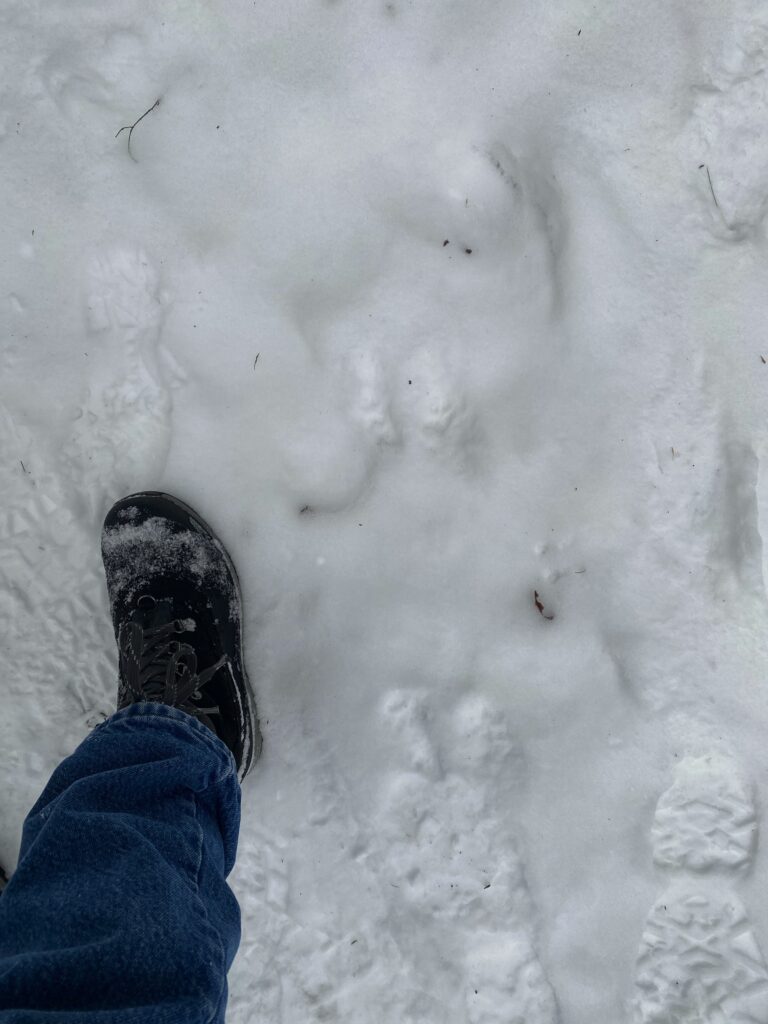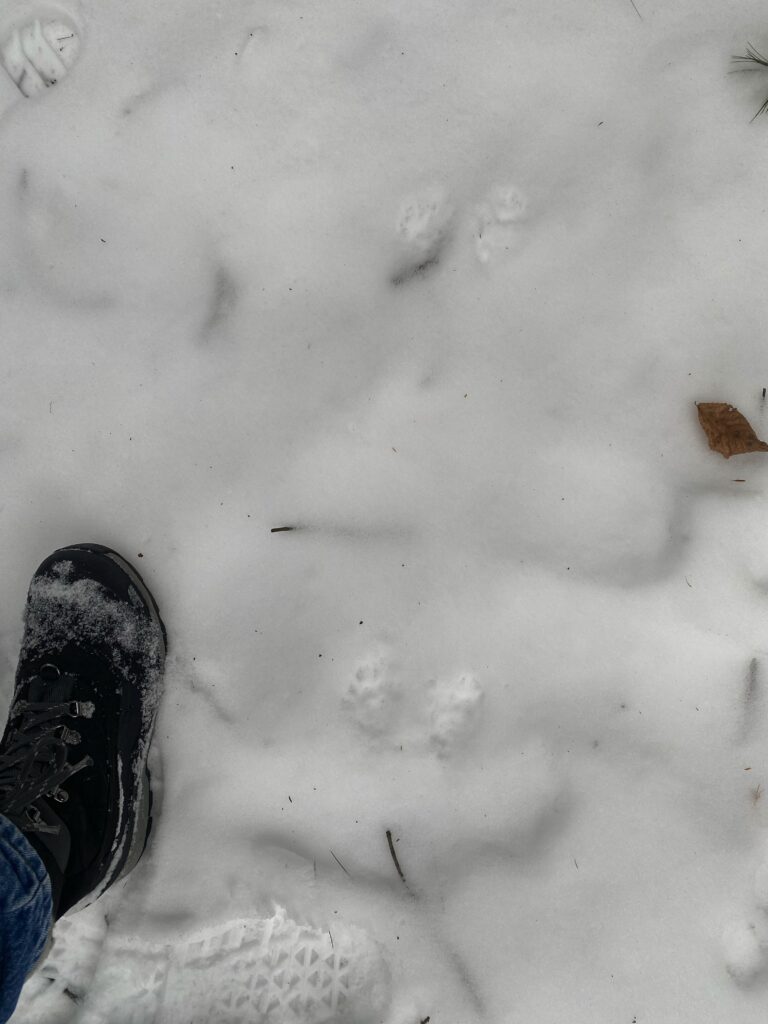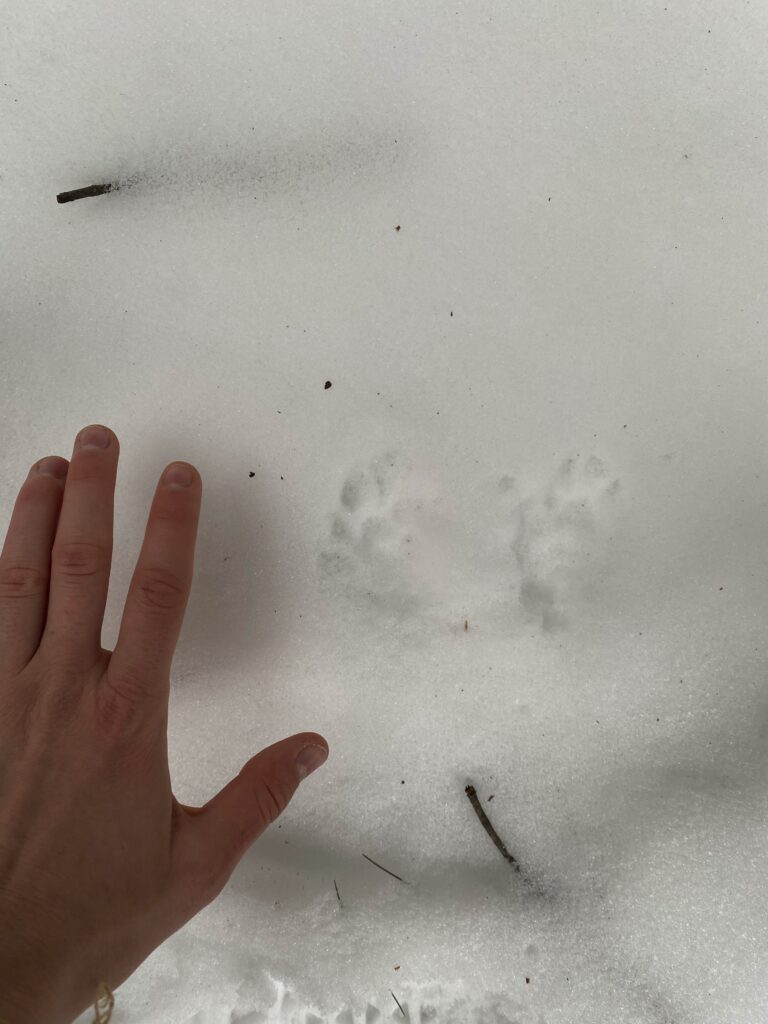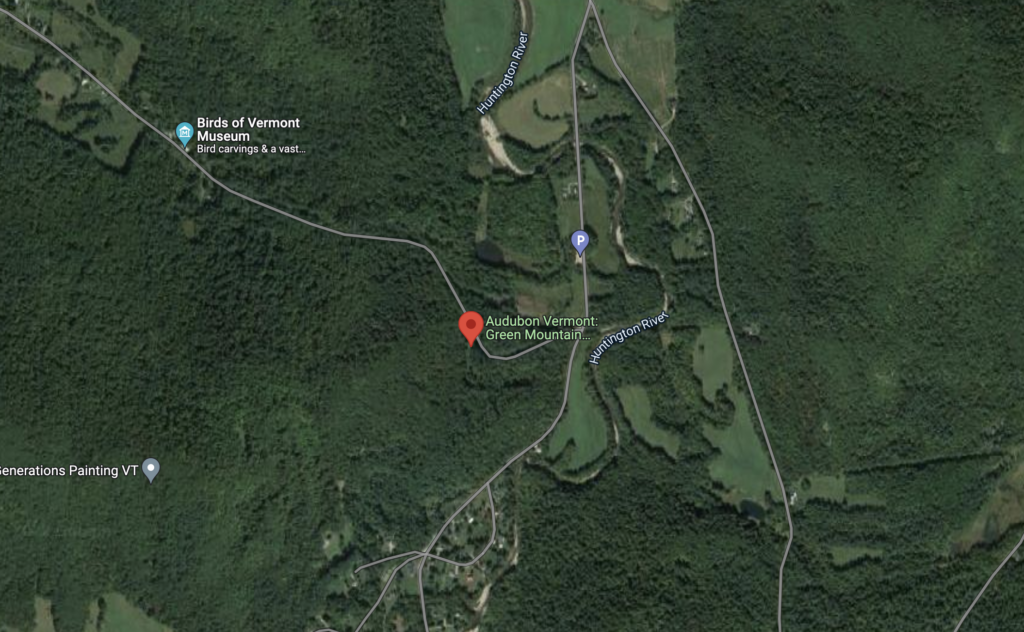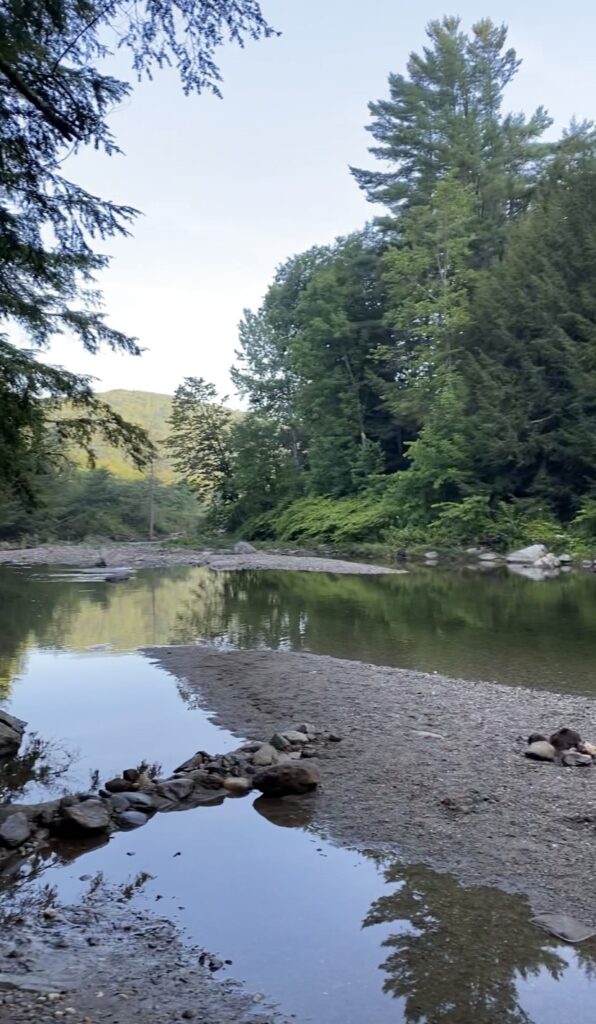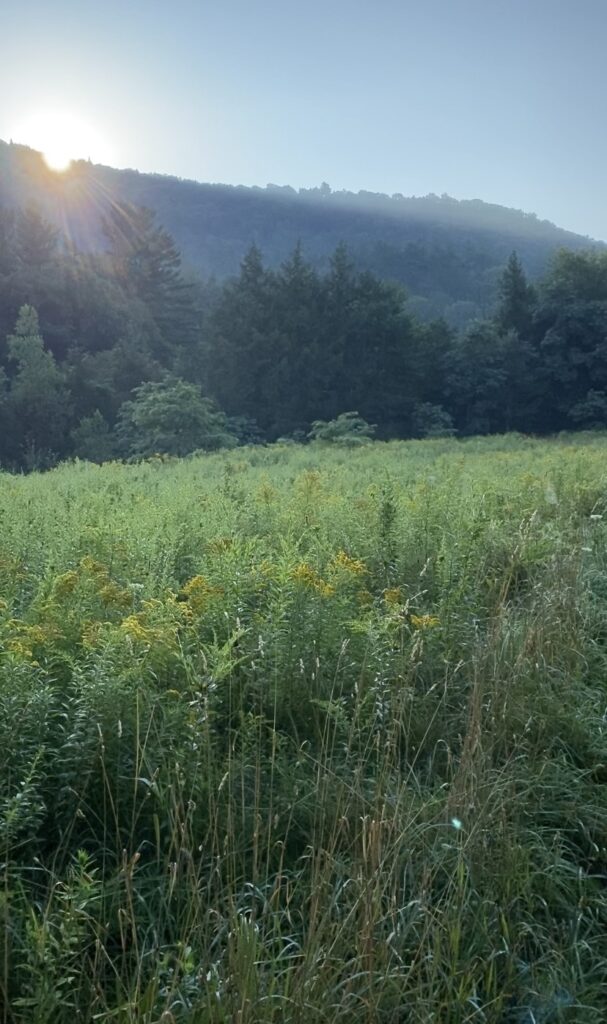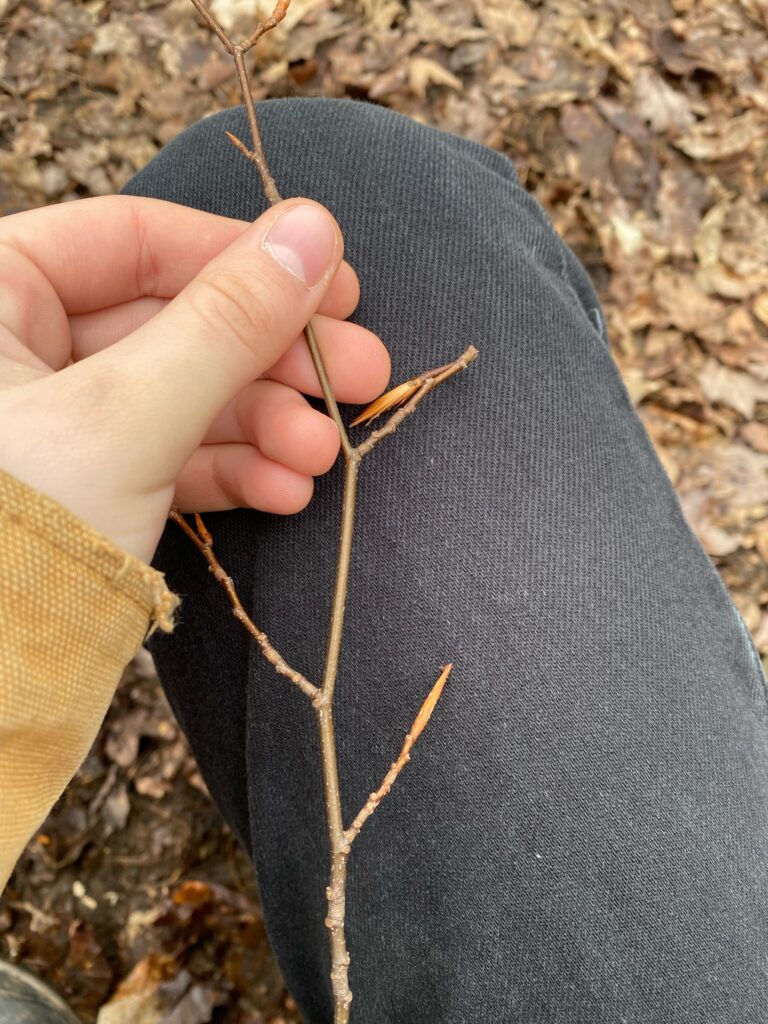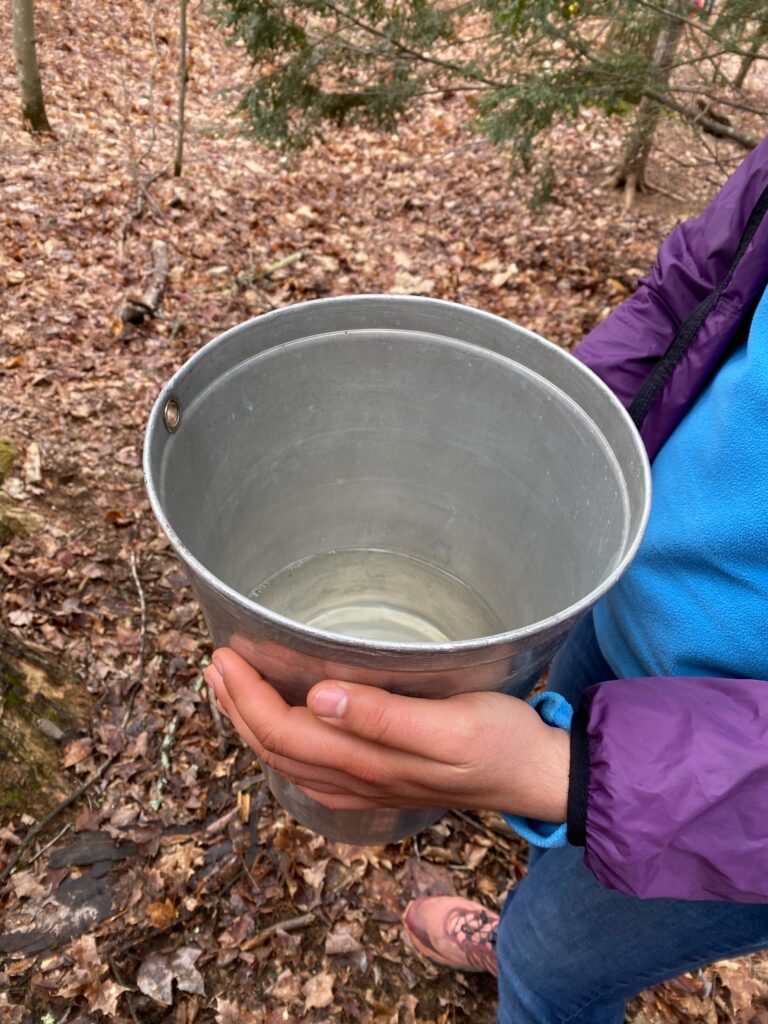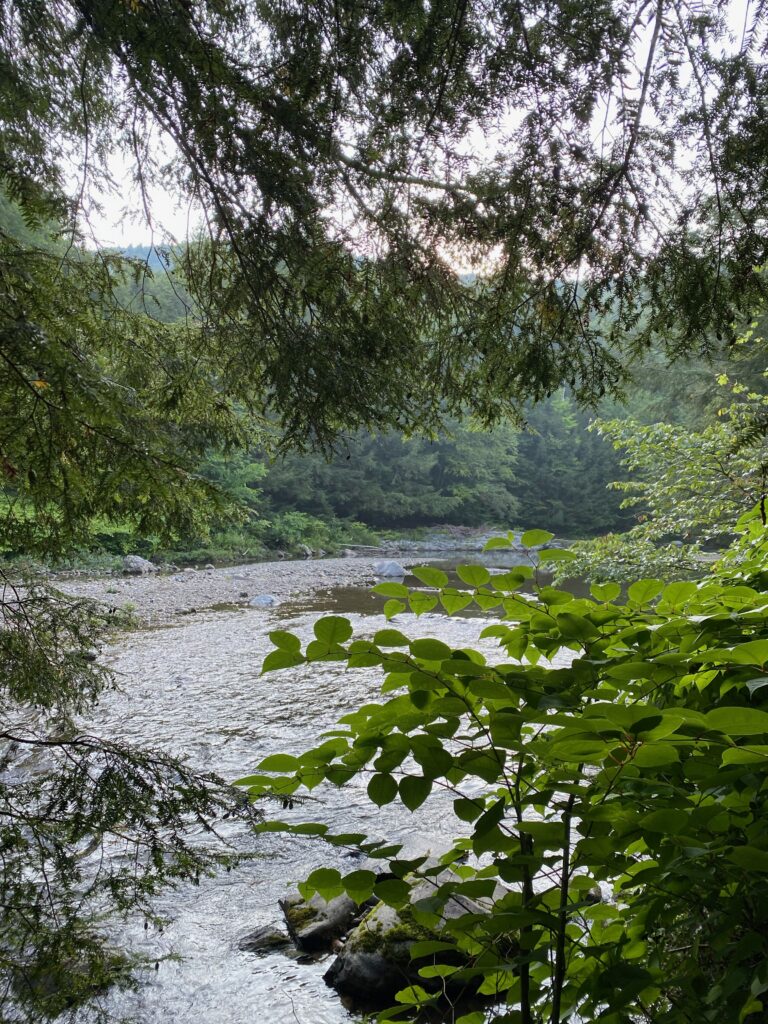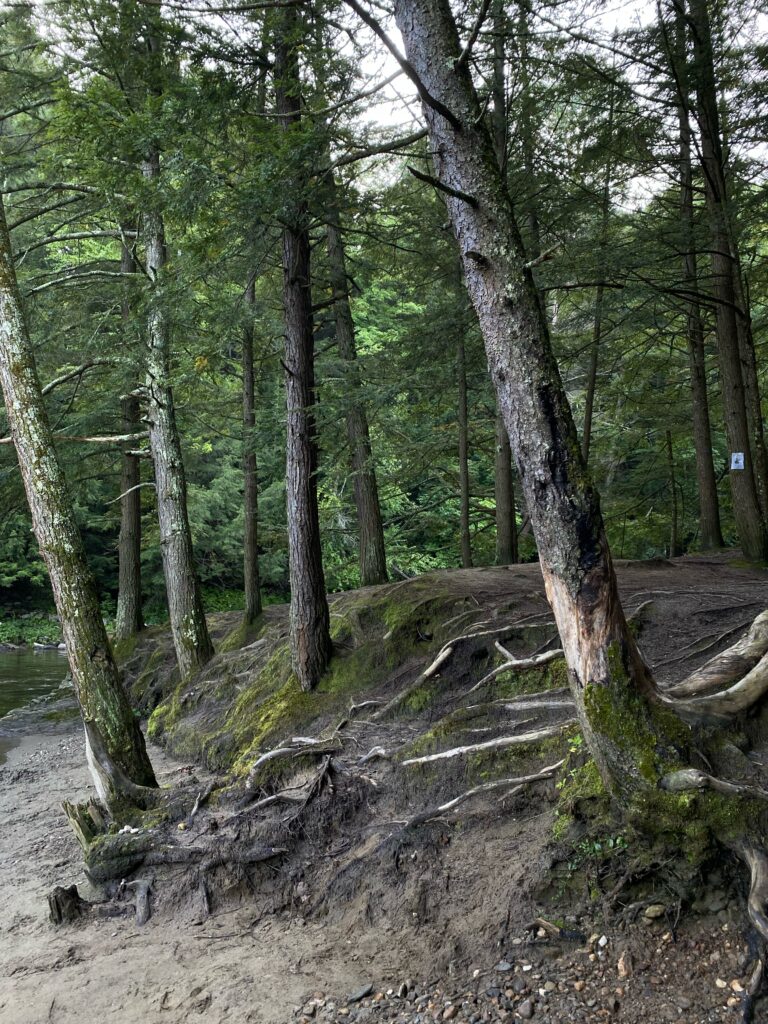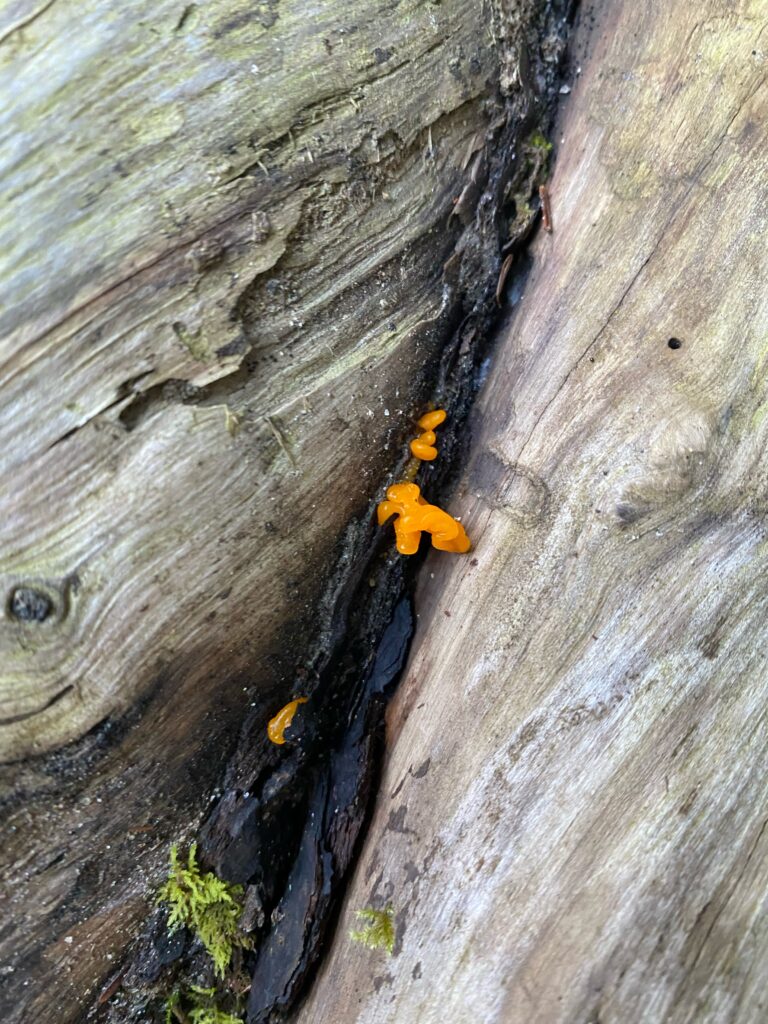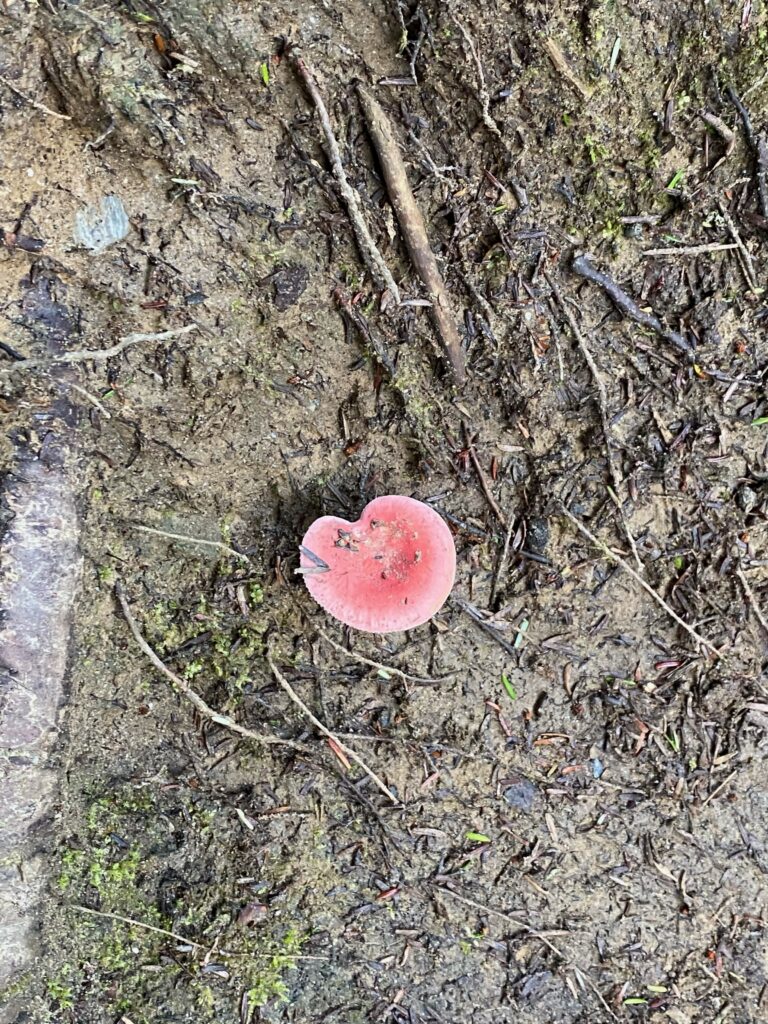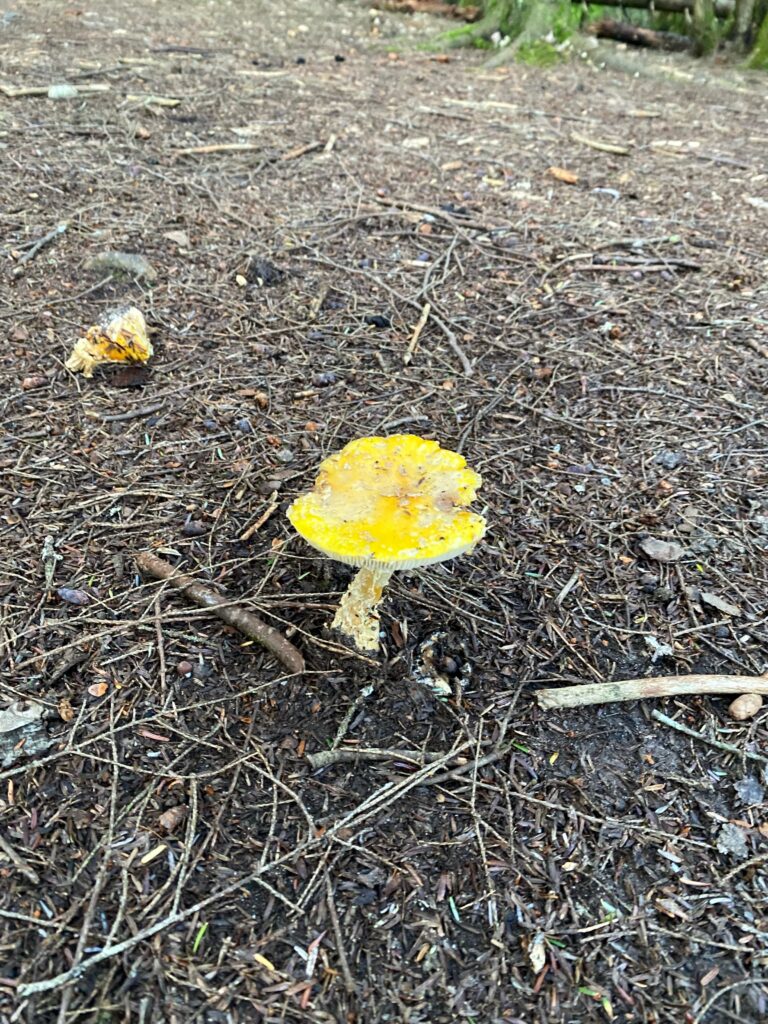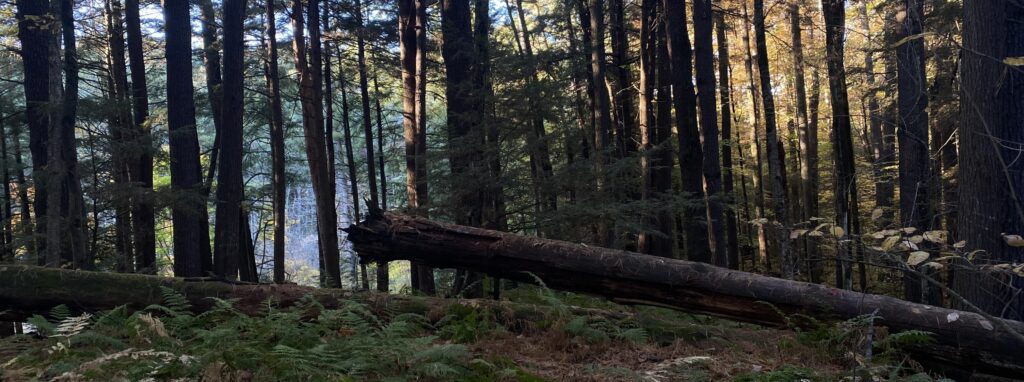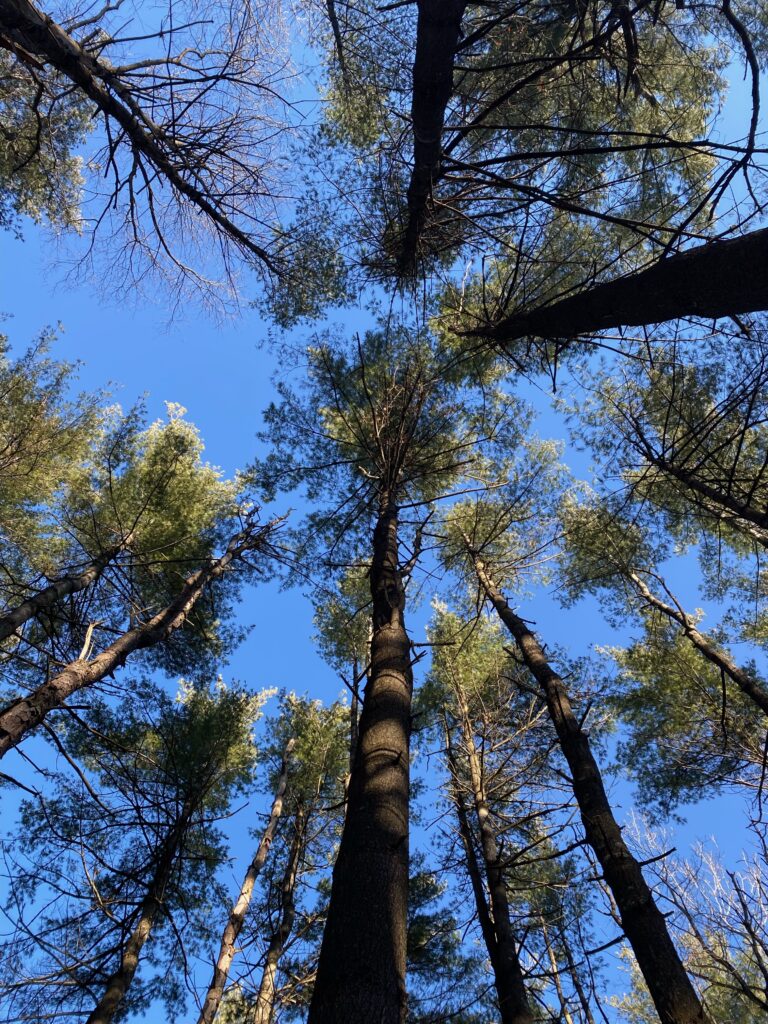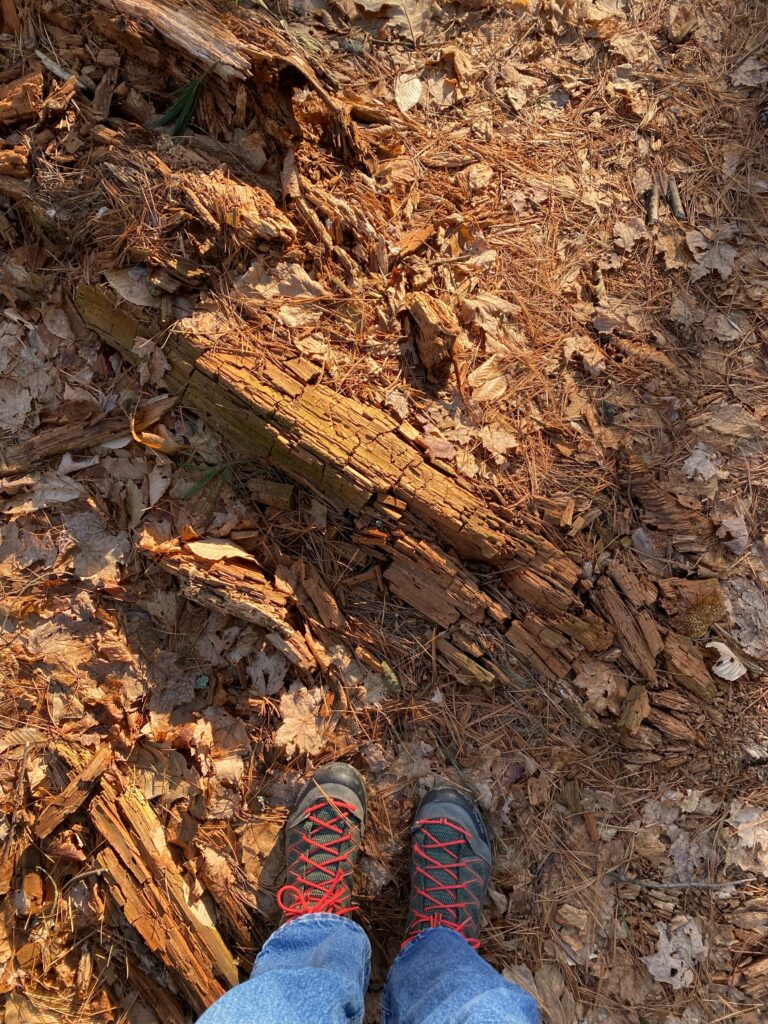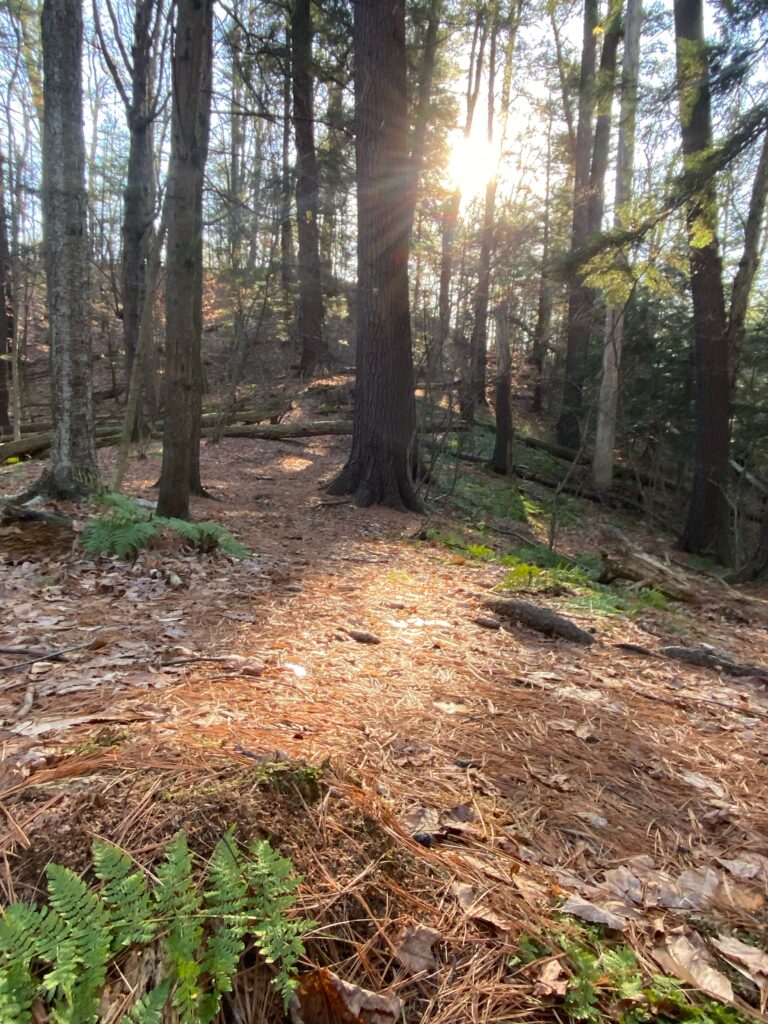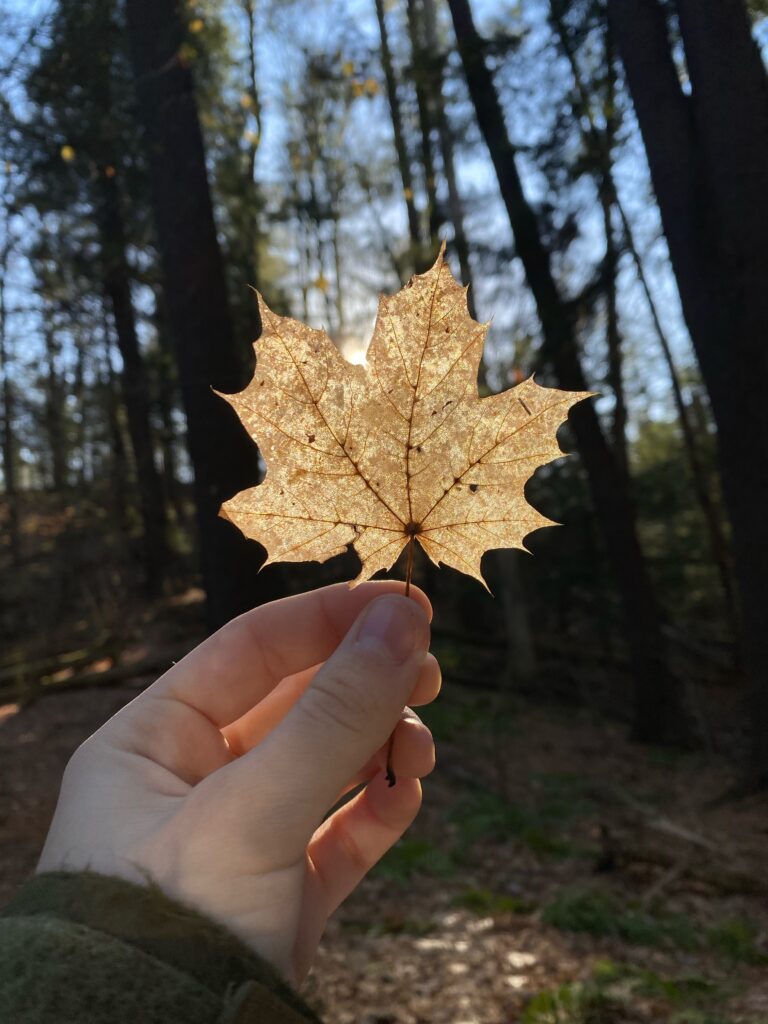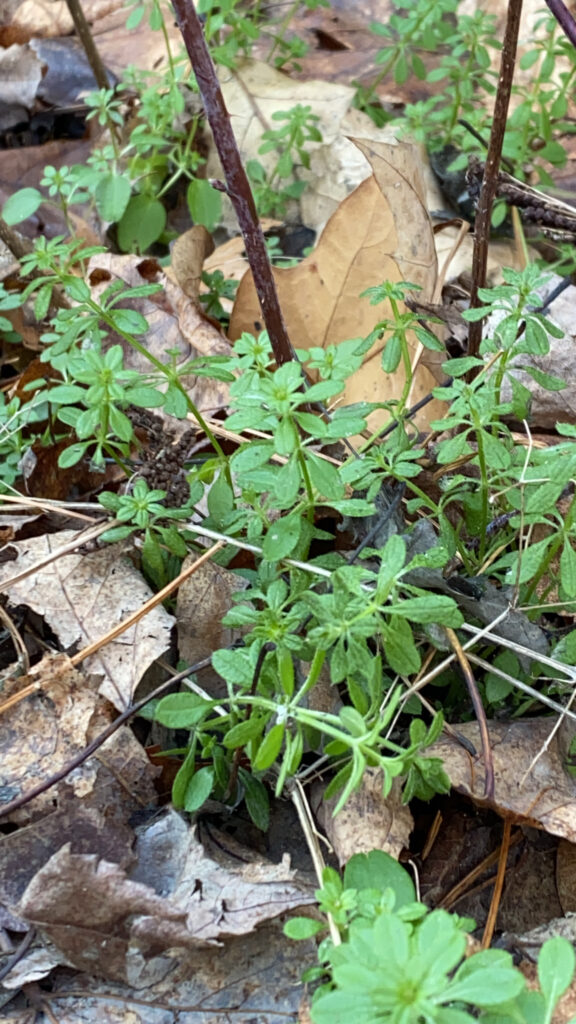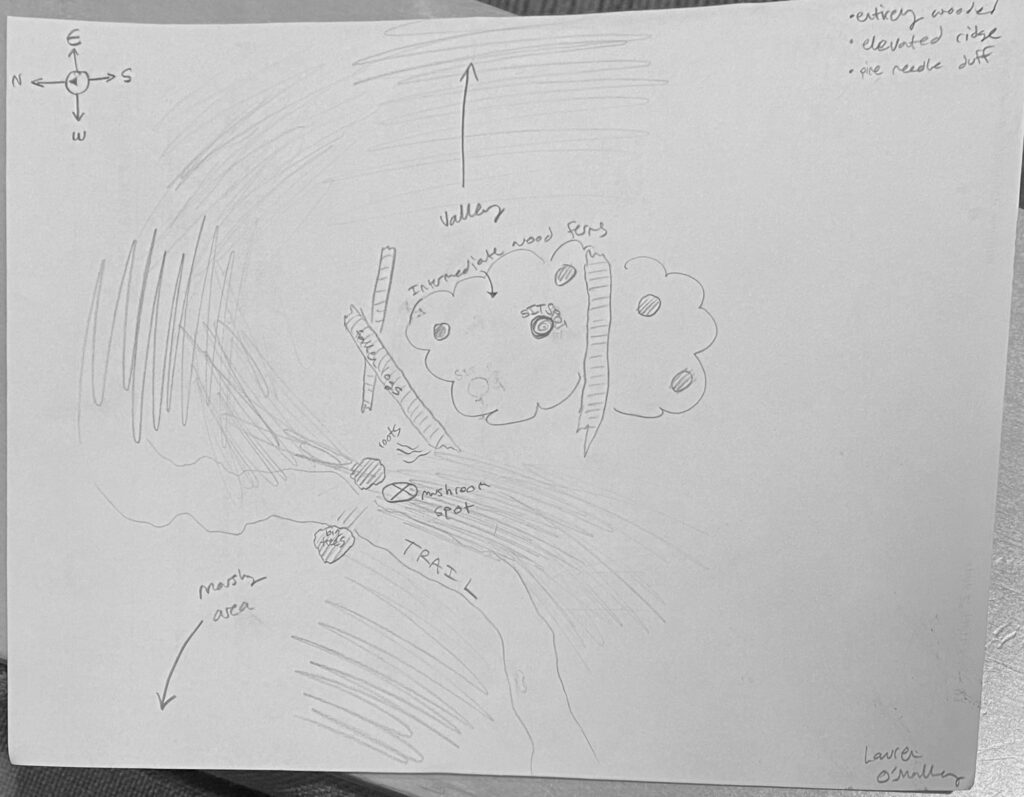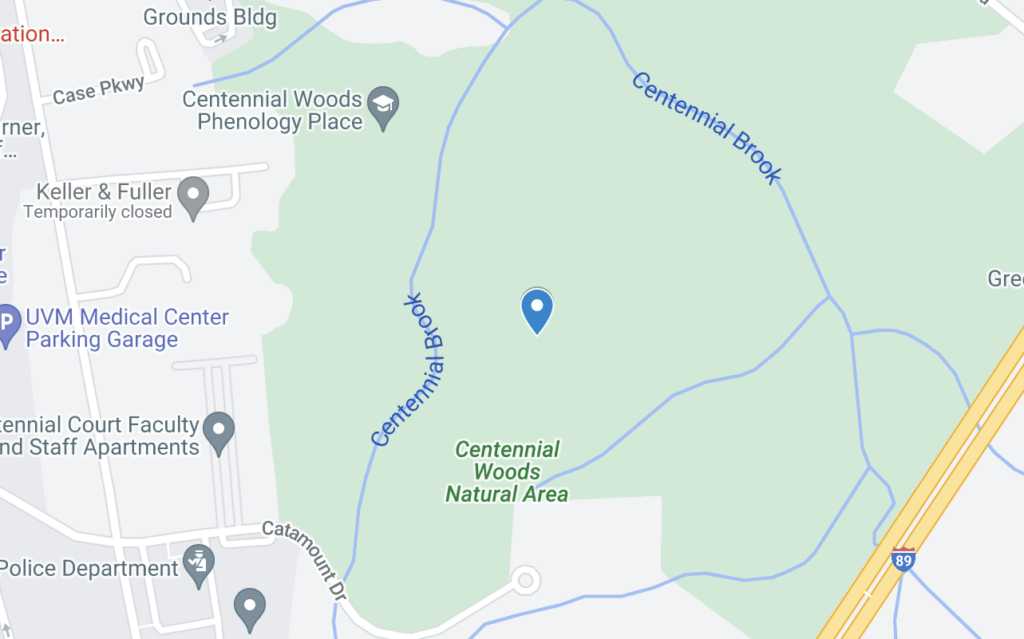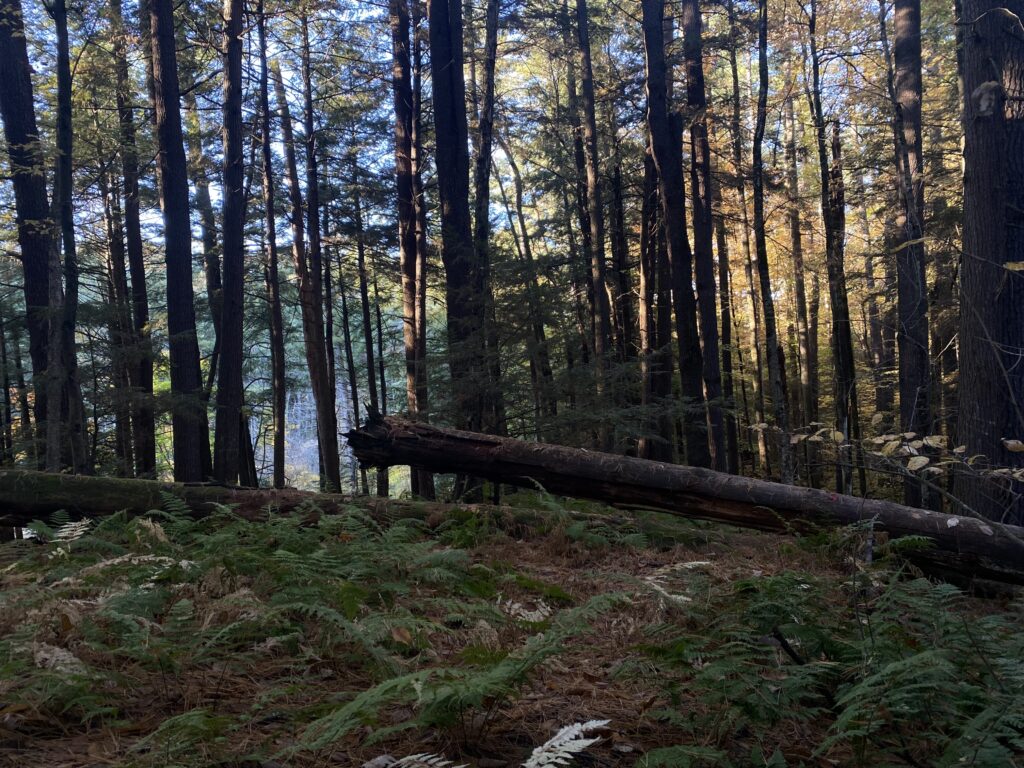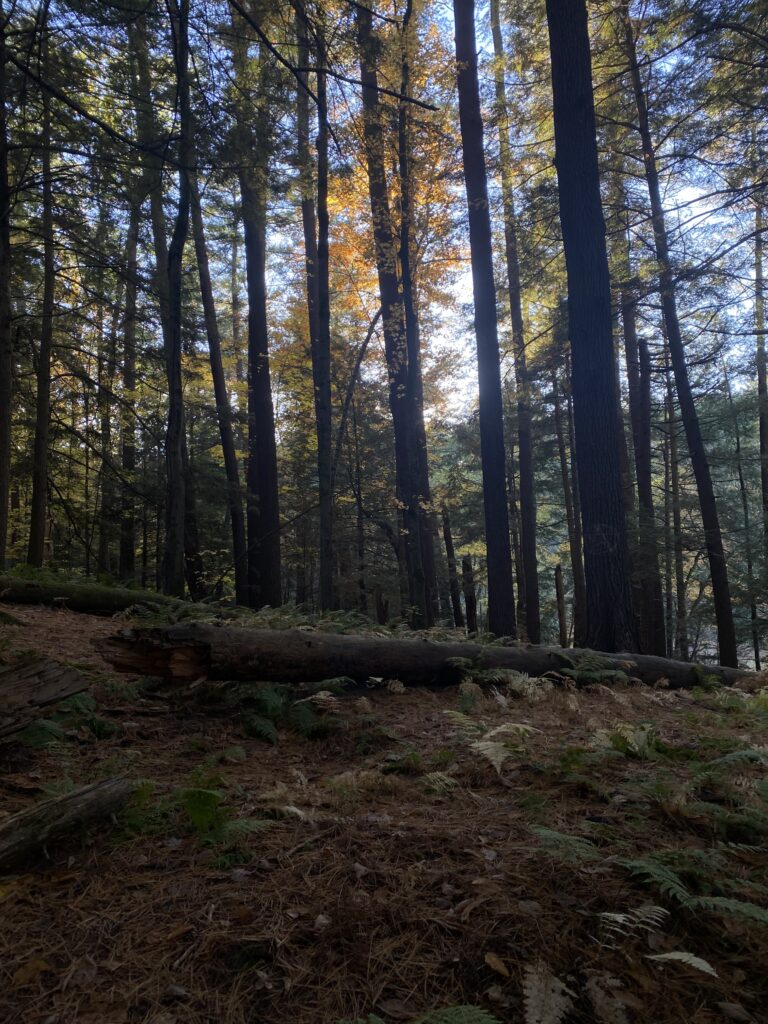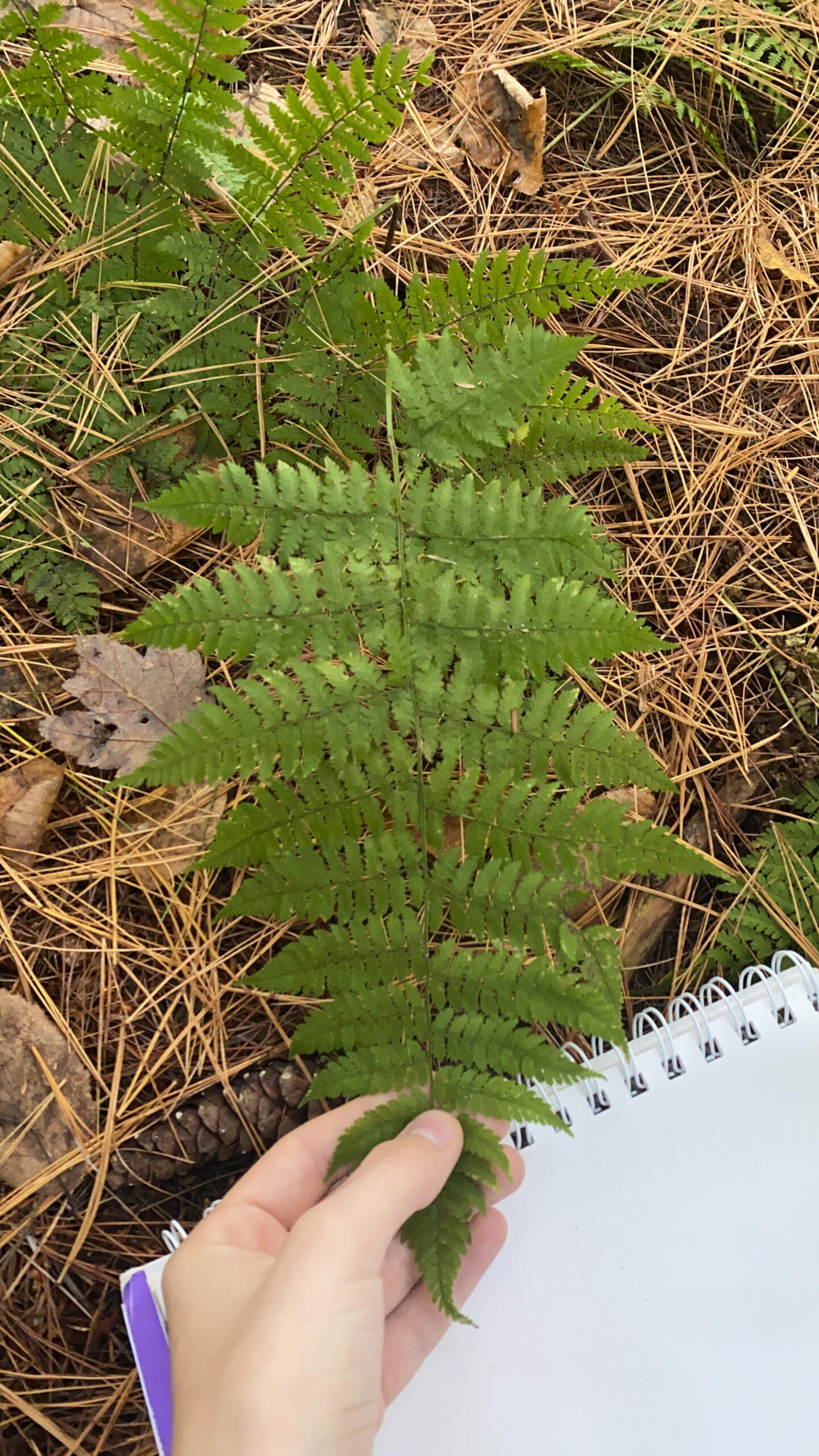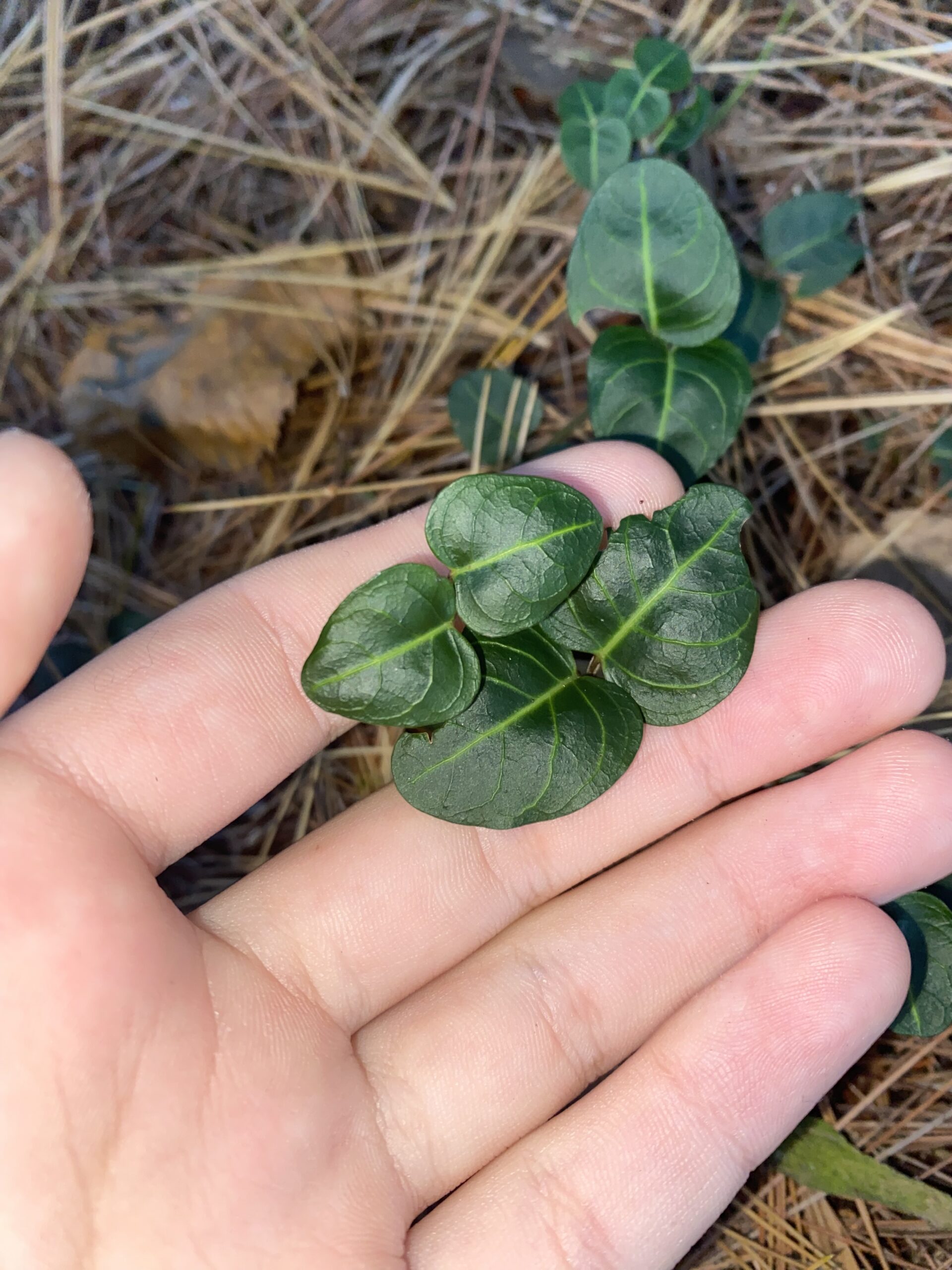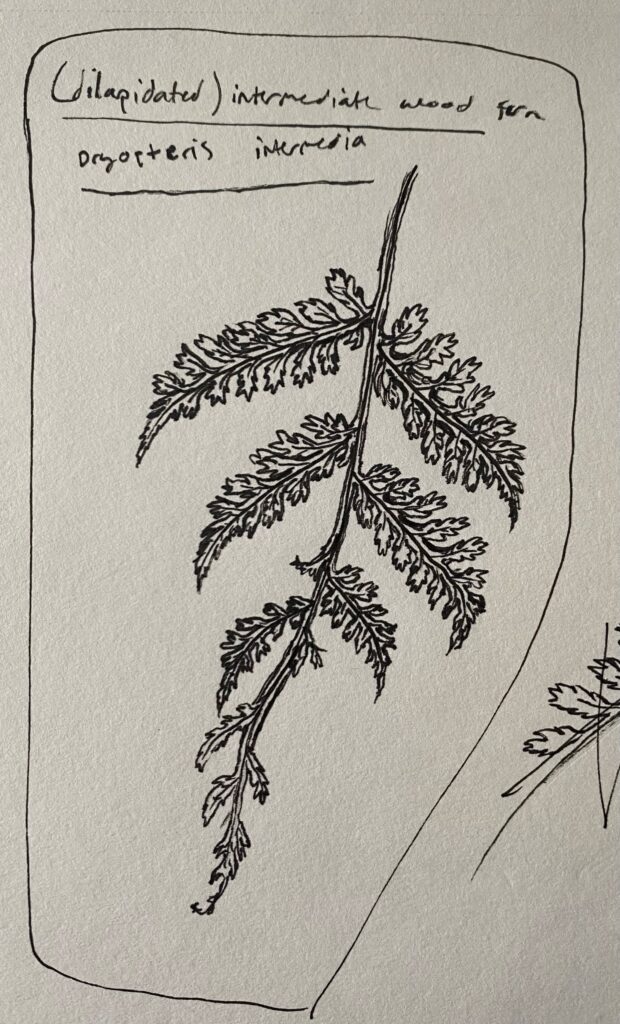March
I chose to look at an American Beech, fagus grandifolia. I know it was a beech because of the long, conical shape, staggered layers, and lighter color of the bud.
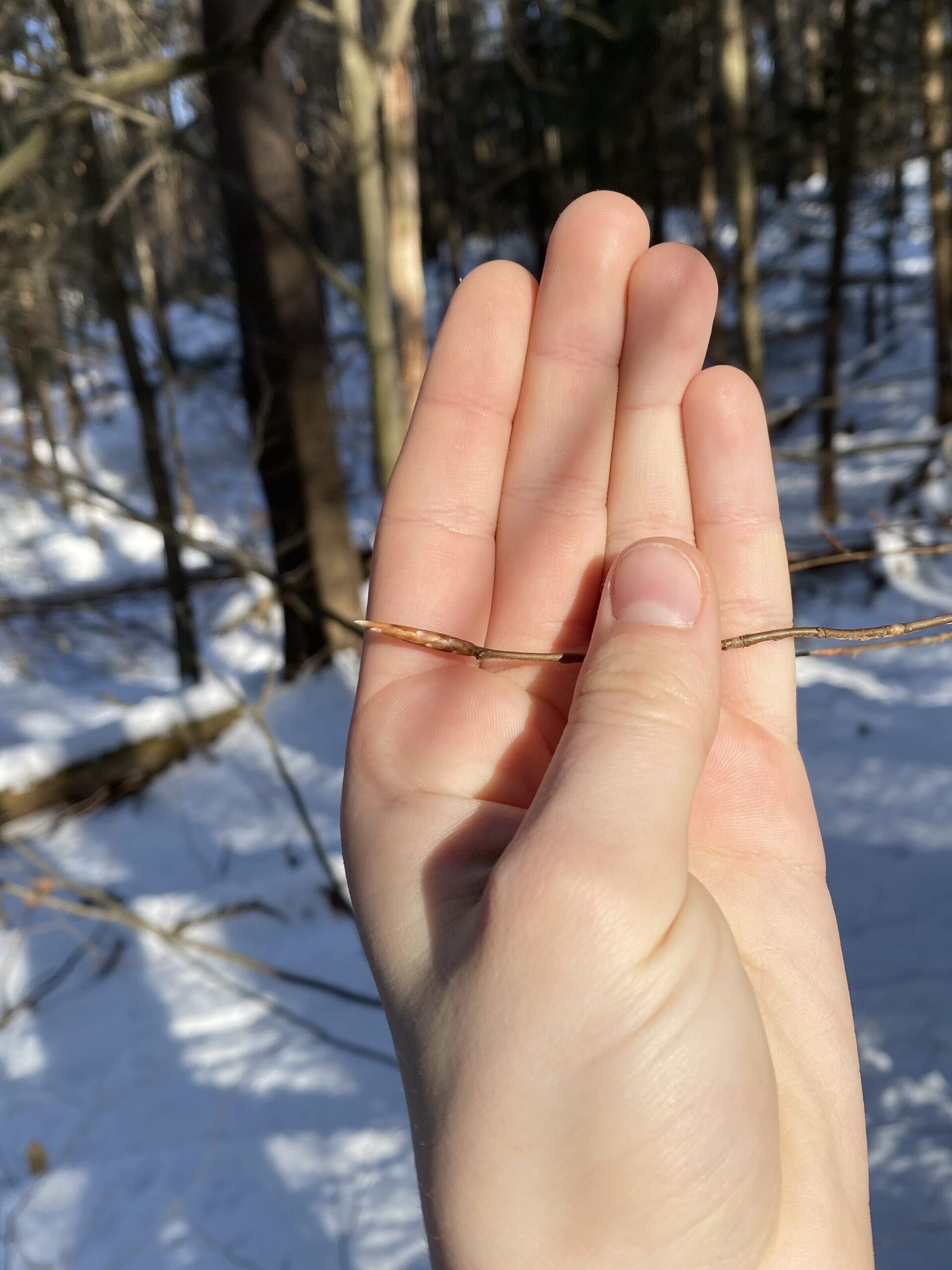
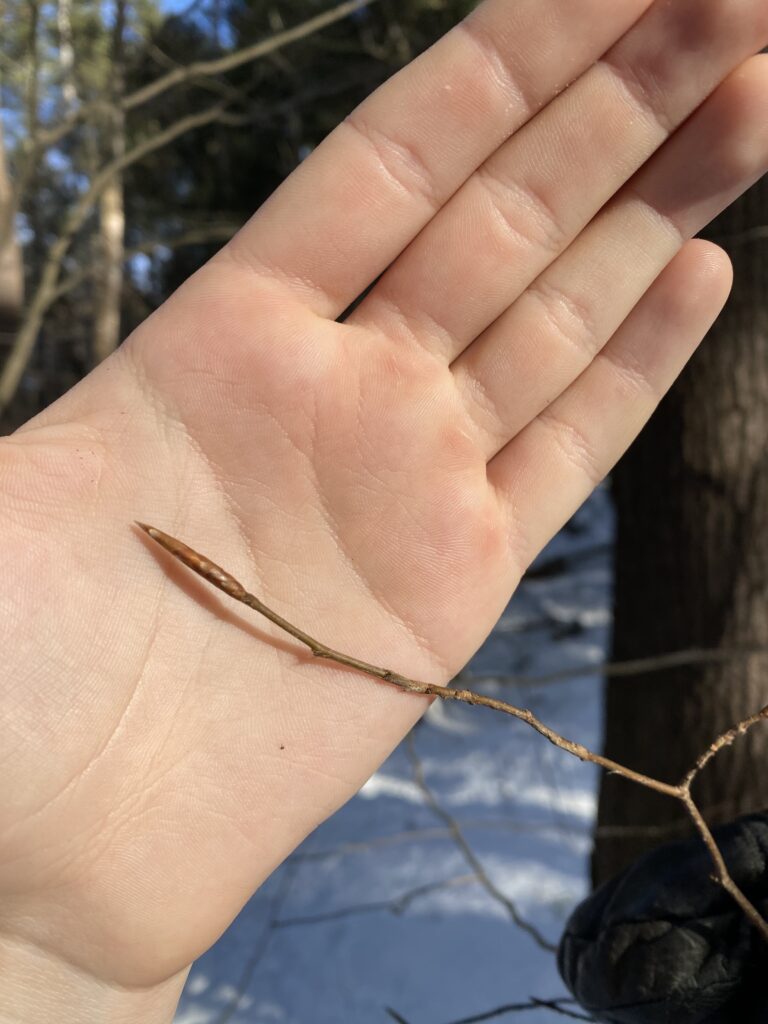
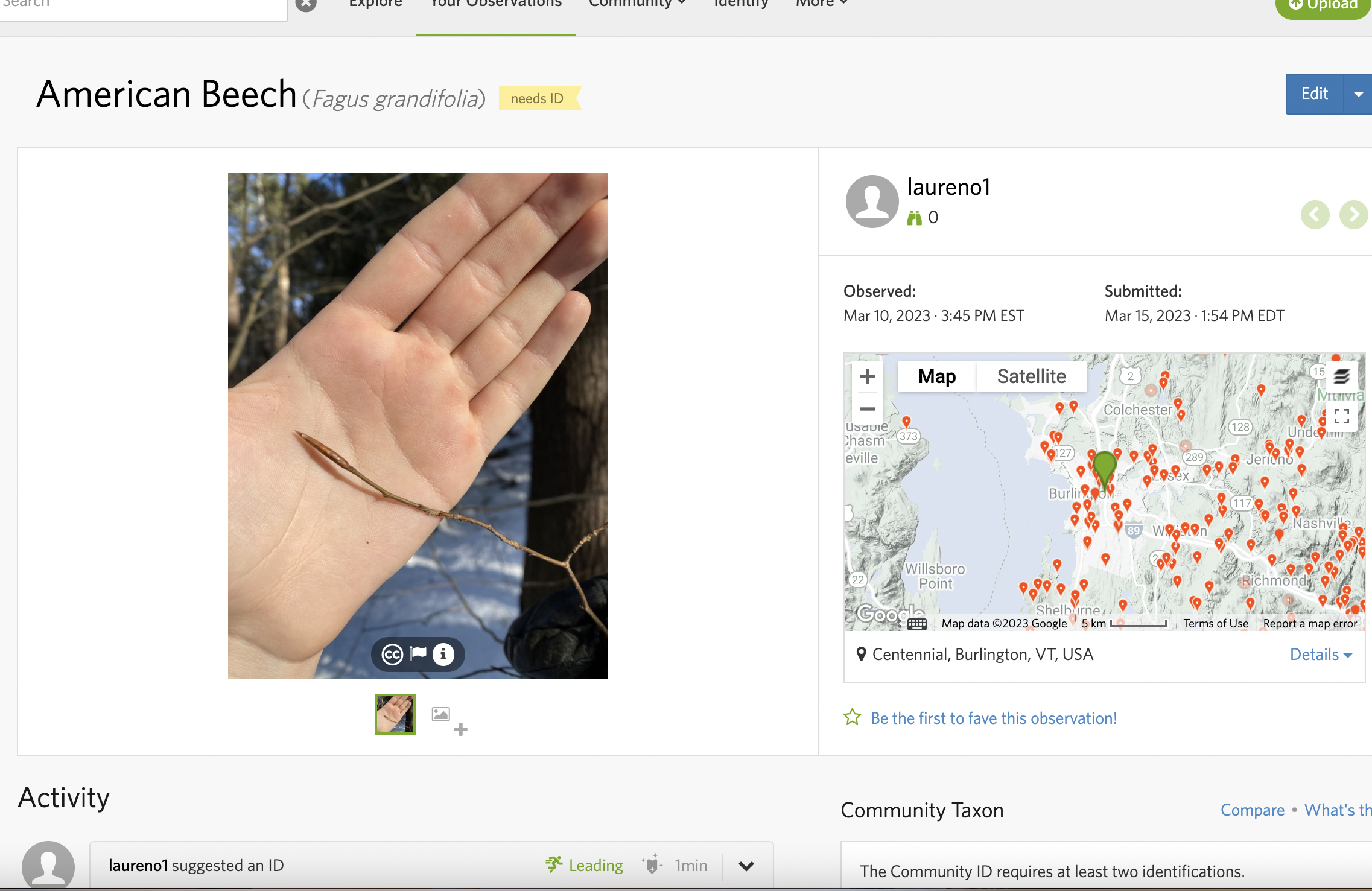
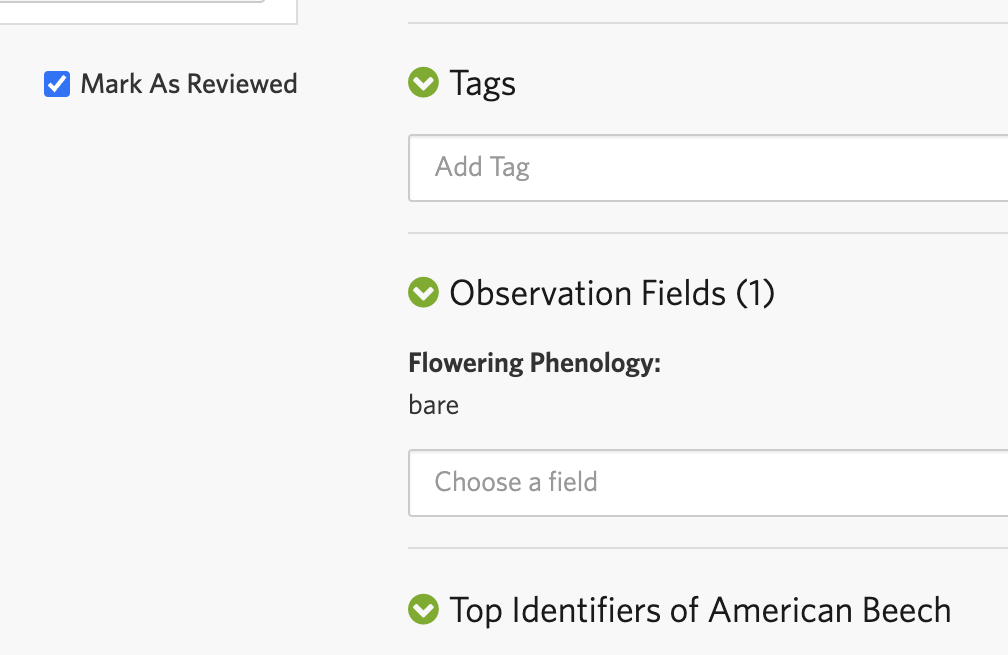
March 27th
There are no changes so far in the tree. The leaf buds are maybe a little bit bigger than last time, but other than that, no change.
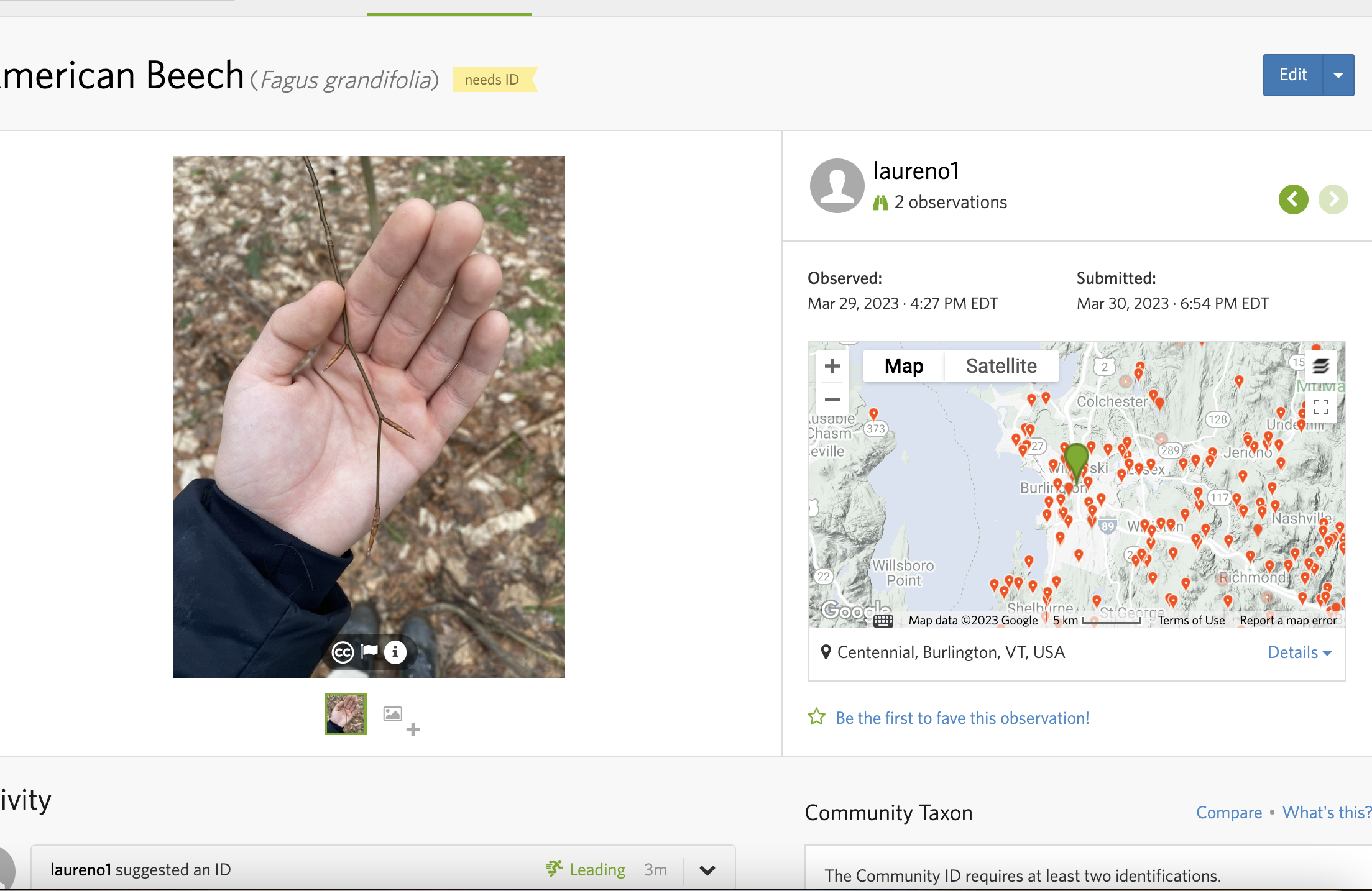
April 10
The area around the tree has changed dramatically. All of the ice has melted, much of the mud has dried up, and there is more bird activity- spring is sprung! I wore shorts and a t-shirt today as well. The tree itself, however, had not seen much change. There are no leaves yet, and the buds are still closed up.
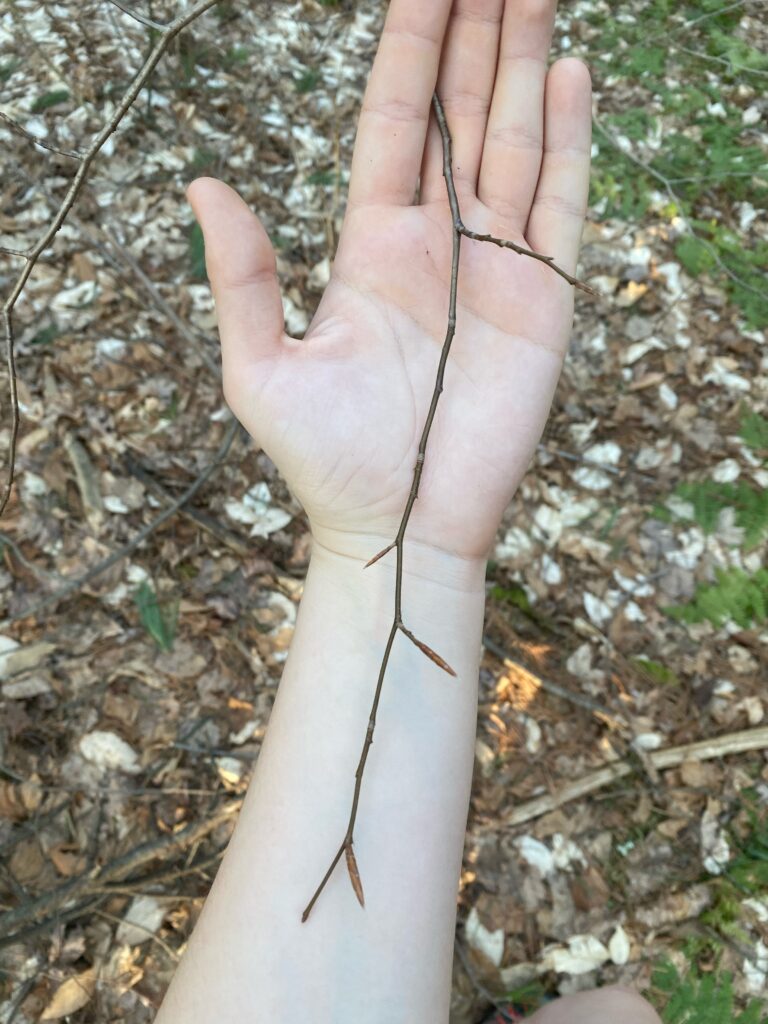
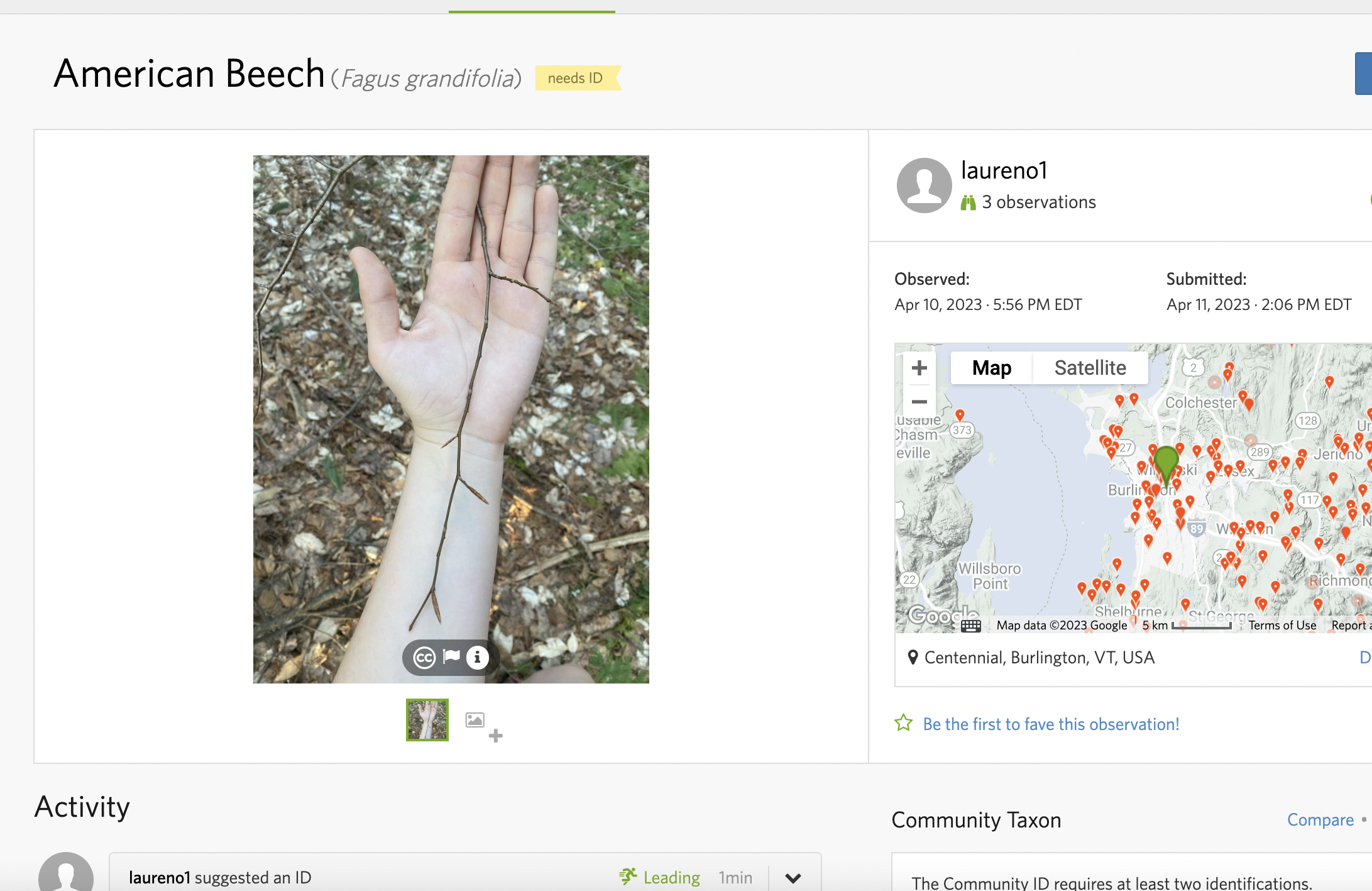
April 24
This little spot has gone from snowy and barren to earthy, muddy, and full of life in the span of a few weeks. I walked into the area yesterday to find a few larger fallen trees and my heart skipped a beat- I’ve grown quite attached to that area and to that tree. The last couple of times I visited this spot, the tree showed no signs of budding, but this time, a few leaves had started to unfurl from their buds. I was very pleasantly surprised at this new life, and the raindrops clinging to the leaves made for a lovely image. The tree itself has become a sort of landmark- just after I crest the hill, it’s right there. There’s also a fallen tree that sits directly up against another tree- I often sit there to draw.
Nature and culture have an interesting relationship here. The whole area is overrun with signs of human interference- bridges, worn pathways, bird feeders, and trash all make their presence known, but there’s also promising signs that nature is being left to do its own thing.
I consider myself a part of this place as much as I consider myself a part of anywhere in Vermont. I was born and raised here, so this state (even though it’s just lines on a map) feels like my own, in a sense, even though my ancestors are not from here and my family line is very new to the Americas.
